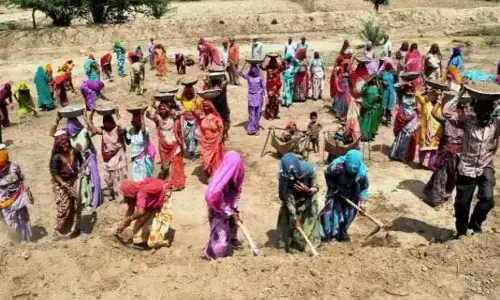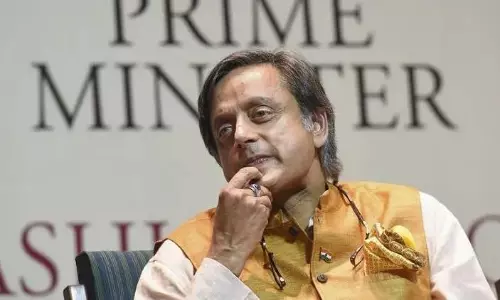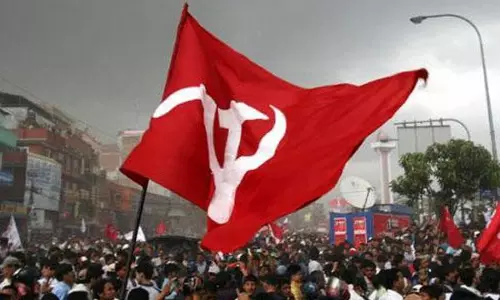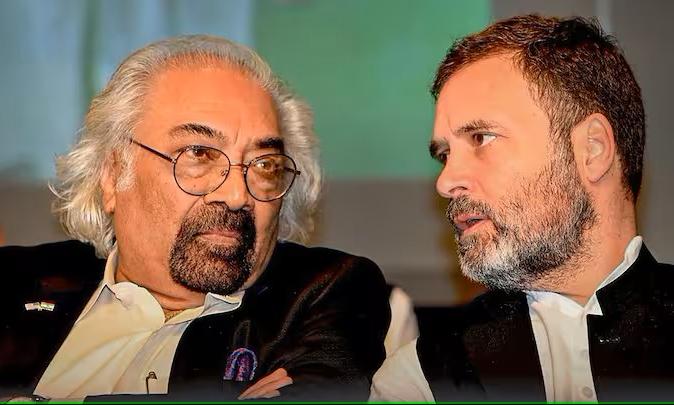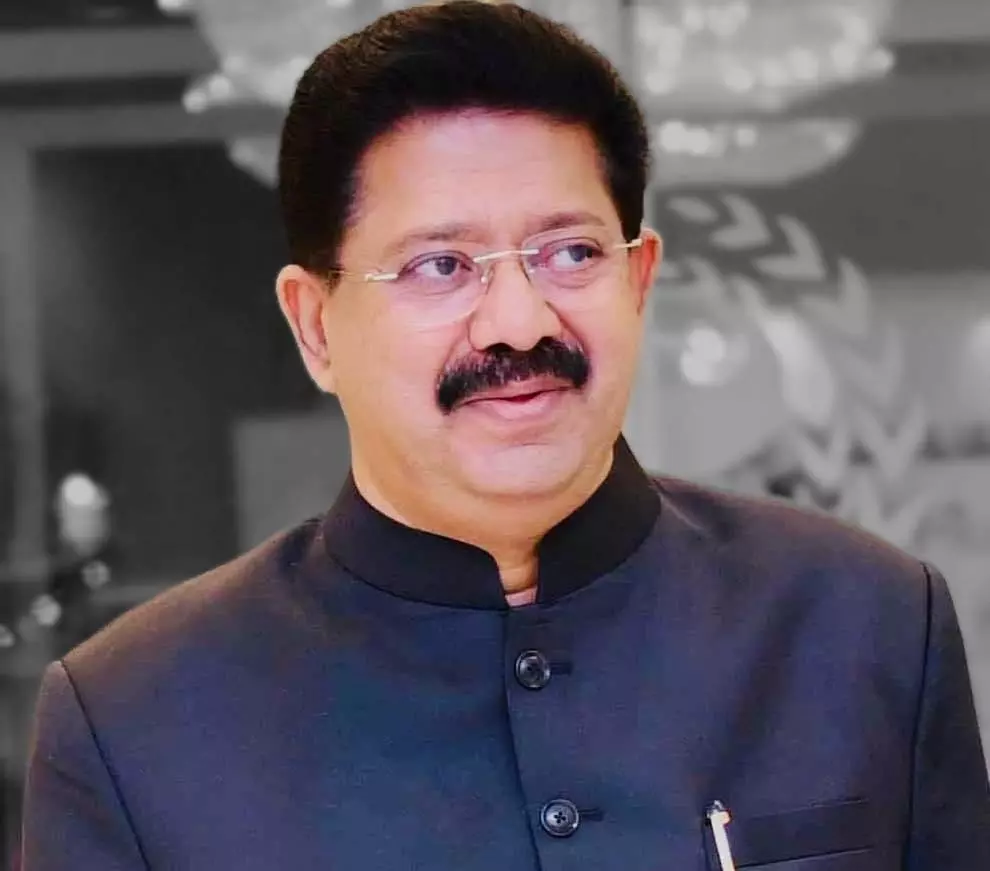
Distortion and caricaturing: What they did with Sam Pitroda’s celebration of India’s diversity
text_fieldsIn a world teeming with differences, India stands as a testament to unity in diversity. Dr Sam Pitroda’s recent interview with ‘The Statesman’ brought this to the forefront, sparking a conversation about India’s multi-ethnic tapestry. Celebrating the ‘Vasudhaiva Kutumbakam’ ethos, he reminded us that despite our varied appearances, we are bound together as one family. Unfortunately, the substance of his argument got lost in the din that followed, in which a light-hearted, albeit inappropriate, comment was taken out of context and made into a huge controversy.
Dr. Pitroda’s remarks highlighted the rich diversity of India, noting the wide range of features that reflect its history of convergence and coexistence. From the eastern regions, where features may resemble East Asian heritage, to the western parts echoing Arab influences, and from the northern areas, with their diverse complexions, to the southern lands reminiscent of African lineage, India’s populace is a living example of historical migrations and cultural fusions. These aspects, although misinterpreted for political purposes, were historically accurate. They were an acknowledgement and celebration of India's incredible ethnic diversity. Sam Pitroda's statement aimed to celebrate the unity that transcends racial and ethnic differences. Despite these distinctions in ethnic origins, Indians share a profound sense of unity.
Beyond its geographical splendour, India is also a vibrant tapestry of human civilization. It's home to thousands of ethnic groups, over 2,000 distinct languages, multiple religions, and cultures that trace back thousands of years, making it one of the most diverse countries in the world. Many ethnic groups in India are descendants of people from different continents, illustrating the complex migratory patterns and historical invasions that have shaped modern India. This diversity is often celebrated as a strength, emblematic of India's rich cultural heritage and history.
The earliest known inhabitants of the Indian subcontinent were the Brachycephalic peoples who travelled from Africa. They formed several indigenous tribes like the Irulas, Kodars, Paniyans, and Kurumbas, currently living as isolated hill tribes in southern India and the Andaman and Nicobar Islands.
People of Mongoloid descent primarily inhabit the northeastern states of Arunachal Pradesh, Assam, Manipur, Meghalaya, Mizoram, Nagaland, Tripura, and Sikkim. They are also present in parts of Ladakh, West Bengal, and the Himalayan regions. The Tibeto-Burman and Tai ethnic groups contribute to this Mongoloid population, with notable groups like the Bodos, Garos, Mizos, and Ahoms.
Comprising about 72% of the population, Indo-Aryans arrived from Central Asia around 1500 BCE and settled in northern India. They include groups like the Assamese, Bengalis, Gujaratis, Punjabis, and Marathis. Believed to be the architects of the Indus Valley Civilization, the Dravidians represent about 25% of India’s population. Forced south by Indo-Aryans, they are now concentrated in southern India. Major ethnic groups include the Kannadigas, Tamils, Telugus, Tulus, and Malayalis.
Semitic Groups including Arabs and Jews settled in India. The Arab groups include the Sri Lankan Moors, Konkani Muslims, and Chaush. Portuguese, British, and French colonial influence left mixed-race communities like the Goans and Anglo-Indians.
Over the centuries, India witnessed the mingling of Greeks, Scythians, Parthians, Mongols, Huns, and Chinese. Mercenary warriors from Central Asia, Iran, Turkey, and Ethiopia also left their mark. Intermarriage between these groups and the local population created a society of varied skin colours and facial features.
India's diversity, rooted in its ancient history and enriched by centuries of migration and intermingling, is not a sign of weakness or inferiority. Pluralism is a reality that emerges from the very nature of the country; it is a choice made inevitable by India's geography and reaffirmed by its history. If we are ashamed of this diversity, it shows an inferiority complex that undermines the beauty of our shared heritage. We must celebrate our varied colours, customs, and beliefs as we continue to uphold our unity.
British historian E. P. Thompson observed: "All the convergent influences of the world run through this society: Hindu, Muslim, Christian, secular, Gandhian. There is not a thought that is being thought in the West or East that is not active in some Indian mind."
Dr Sam Pitroda only wanted to draw attention to the myriad identities that coalesce into the overarching Indian nationhood. Distorting his words and misconstruing them as racism is reflective of the eroding space for meaningful discourses in contemporary India, where everything is reduced to inane vituperation.
(The writer is the Indian Overseas Congress Middle East Convener)







